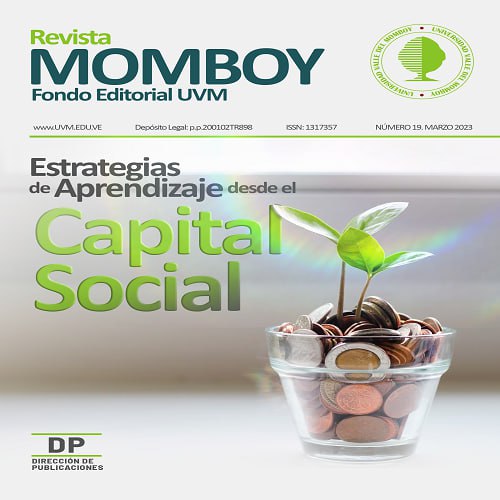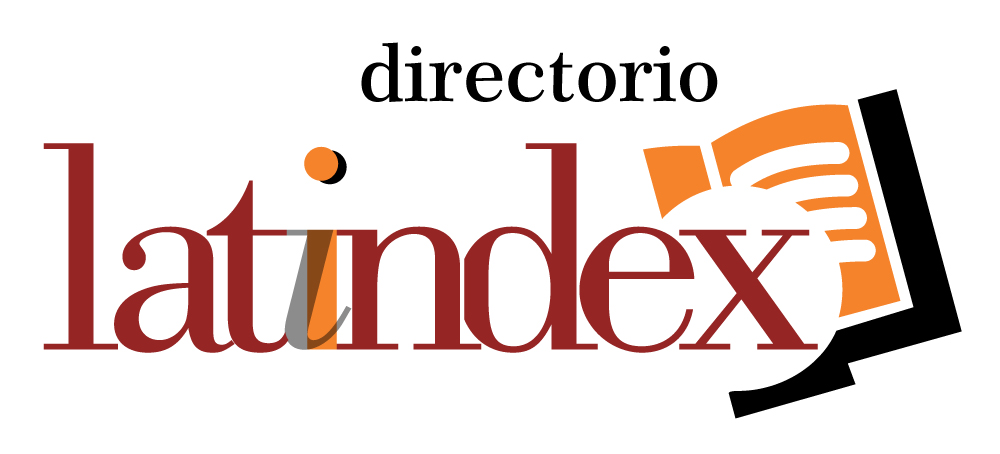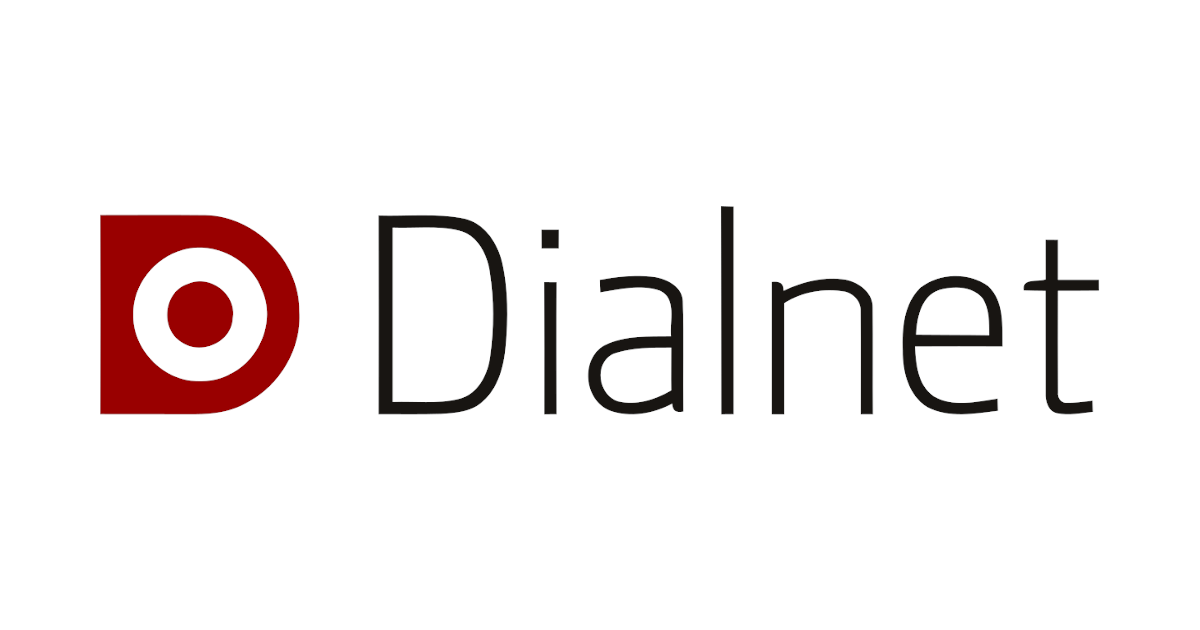The Social Capital and Sustainable Human Development
DOI:
https://doi.org/10.70219/mby-192023-84Keywords:
Human Development, Social Capital, Common Good, Well-beingAbstract
This article is the product of a documentary investigation carried out on the themes of
human development and social capital, through the search, review and reading of a large
bibliography, whose contributions generated the analysis, interpretation and understanding of both categories object of study of the investigation, embodied in these pages. The Human
Development paradigm, proposed by the United Nations Development Program (PUND),
shows us a humanistic vision of growth, recognizing the importance of nature, education,
health, culture, technology, economy, equity and inclusion. for the achievement of human
dignity. Human Development is a multidimensional paradigm, focused on the use of human
capacities, the productivity of people and the guarantee of sustainable development. The
Human Development model has four substantial components: Social Economy, Local
Development, Sustainability and Social Capital. On the premise of the Common Good, the
concept and action of Social Capital was built, which was not born with the Human
Development paradigm, but its philosophical and epistemological essence dates from the first decades of the 20th century. In this order of ideas, it is evident that in this 21st century the Sustainable Development Goals (SDG) constitute the global alliance of union, cooperation, reciprocity and active participation of countries, institutions, people and communities for the achievement of Human Development. , with the purpose of building social capital of links, links, bridges and networks that allow overcoming the social problems that affect more than half of the world population and that prevent them from living a dignified life and in acceptable conditions of existence, from their own local spaces to society in general.
Downloads
References
Callhaun, C.; Light, D. y Keller, S. (2000). Sociología. Colombia: McGraw Hill.
CELADIC-Centro Latinoamericano para el Desarrollo, la Integración y Cooperación. (2009). Un modelo alternativo de Desarrollo Humano Integral: Aportes para el cambio. Panamá: CELADIC.
Cepal (2020).La Agenda para el Desarrollo Sostenible en el nuevo contexto mundial. Naciones Unidas.
De Viana, M.; Pérez, M.; y De Diego, L. (2002). Ser persona: Cultura, valores y religión. Caracas: Universidad Católica Andrés Bello.
Durston, J. (2001) Es el capital social un atributo de las comunidades. Revista CEPAL #38. Serie de políticas sociales.
Encuesta sobre Condiciones de Vida (ENCOVI) 2019-2021. Disponible: http://www.ucab.edu.ve/
Gabaldón, A. (2006). Desarrollo sustentable: La salida de América Latina. Caracas: Grijalbo.
Klisksberg, B. (2000). El rol del capital social en el proceso de desarrollo.
Putnam, R. (1993). Para hacer que la democracia funcione: Experiencias de descentralización en Italia. Caracas: Galac.
Robinson y Siles (2003). El paradigma del capital social y organizaciones. CAF. Caracas
Sen, A. y Nussbaum, M. (2000). La calidad de vida. México: Fondo de cultura económica.
Downloads
Published
How to Cite
Issue
Section
License
Copyright (c) 2023 Ana Linares de Méndez

This work is licensed under a Creative Commons Attribution 4.0 International License.











